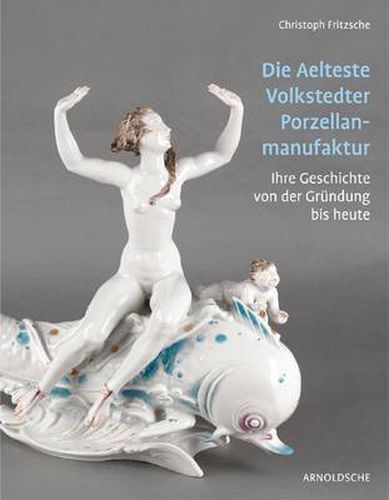Readings Newsletter
Become a Readings Member to make your shopping experience even easier.
Sign in or sign up for free!
You’re not far away from qualifying for FREE standard shipping within Australia
You’ve qualified for FREE standard shipping within Australia
The cart is loading…






In 1760, Georg Heinrich Macheleid was granted permission by the Prince of Schwarzburg-Rudolstadt to establish a porcelain manufactory in Sitzendorf/Thuringia, Germany, which was relocated to Volkstedt in 1762. Its products feature artistic representations of figures. The graceful appearance of the collector’s items, which include groups of shepherds and female dancers, is characterised by a great lightness, emotiveness, and playful elegance. This monograph presents for the first time the complete history of the oldest Thuringian porcelain manufacturer, which is still in operation. With regard to the eighteenth century, the publication provides a virtually complete coverage of figural porcelain and a selection of crockery. In relation to the nineteenth century, it elucidates the manufacturer’s previously unexplained ownership situation and its frequently changing names. This is followed by an overview of the modellers and models, as well as of the subsidiaries established in the twentieth century. The publication concludes with contemporary artists’ designs for porcelain manufacturing in the twenty-first century.
$9.00 standard shipping within Australia
FREE standard shipping within Australia for orders over $100.00
Express & International shipping calculated at checkout
In 1760, Georg Heinrich Macheleid was granted permission by the Prince of Schwarzburg-Rudolstadt to establish a porcelain manufactory in Sitzendorf/Thuringia, Germany, which was relocated to Volkstedt in 1762. Its products feature artistic representations of figures. The graceful appearance of the collector’s items, which include groups of shepherds and female dancers, is characterised by a great lightness, emotiveness, and playful elegance. This monograph presents for the first time the complete history of the oldest Thuringian porcelain manufacturer, which is still in operation. With regard to the eighteenth century, the publication provides a virtually complete coverage of figural porcelain and a selection of crockery. In relation to the nineteenth century, it elucidates the manufacturer’s previously unexplained ownership situation and its frequently changing names. This is followed by an overview of the modellers and models, as well as of the subsidiaries established in the twentieth century. The publication concludes with contemporary artists’ designs for porcelain manufacturing in the twenty-first century.